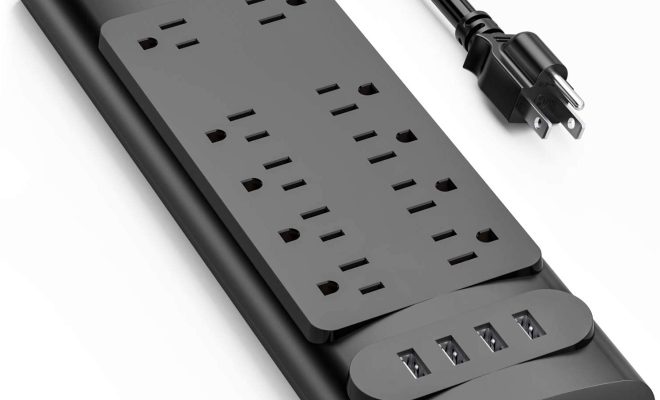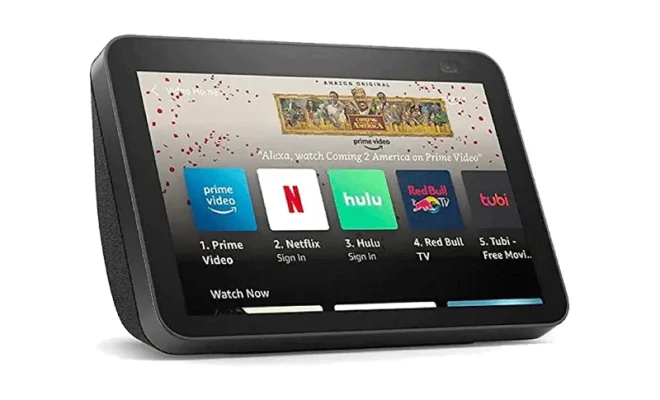How to Get the Right Surge Protector for Electronics

Electronics are an integral part of our daily lives, and we all know how frustrating it can be when they get damaged due to electrical surges. Fortunately, surge protectors are here to save the day. Surge protectors are devices that are designed to protect your electronics from power surges and voltage spikes caused by lightning, power outages, and other electrical disturbances. However, with numerous options available in the market, it can be challenging to choose the right one. In this article, we will discuss how to get the right surge protector for electronics.
- Determine what you want to protect:
Before purchasing a surge protector, it’s crucial to determine what you want to protect. Not all electronics have the same power requirements. For instance, a desktop computer requires more power than a phone or a lamp. Therefore, it’s essential to get a surge protector that can handle the power requirements of your electronics.
- Look for a reputable brand:
It’s essential to choose a surge protector from a reputable brand. Reputable brands have a track record of delivering high-quality and reliable surge protectors. They also offer warranties and customer support in case of any issues. Avoid buying surge protectors from unknown brands, as they may not provide the protection they claim to offer, and they may even damage your electronics.
- Check the ratings and certifications:
Surge protectors come with different ratings and certifications that indicate how much protection they provide. The most critical rating to look for is the “Joule rating,” which measures the amount of energy the surge protector can absorb before it fails. A higher joule rating is better because it means the surge protector can handle more powerful surges.
Another certification to look for is the “UL certification,” which is a mark of safety that indicates the surge protector has been tested and approved by Underwriters Laboratories. Other certifications to look for include the ETL and CSA certifications.
- Consider the number of outlets:
The number of outlets you need depends on the number of electronics you want to protect. If you have many electronics that need protection, it’s best to get a surge protector with multiple outlets. However, if you only need protection for a few electronics, a surge protector with two or three outlets may suffice.
- Look for additional features:
Some surge protectors come with additional features such as USB ports and Ethernet protection. USB ports allow you to charge your devices, while Ethernet protection safeguards your modem and router from electrical surges. However, these features may come at an additional cost, so it’s essential to decide if you need them or not.
In conclusion, choosing the right surge protector for electronics is crucial in safeguarding your valuable electronics from power surges and voltage spikes. Consider the power requirements, ratings, certifications, number of outlets, and additional features before making a purchase. Always get a surge protector from a reputable brand to ensure reliability and protection for your electronics.






